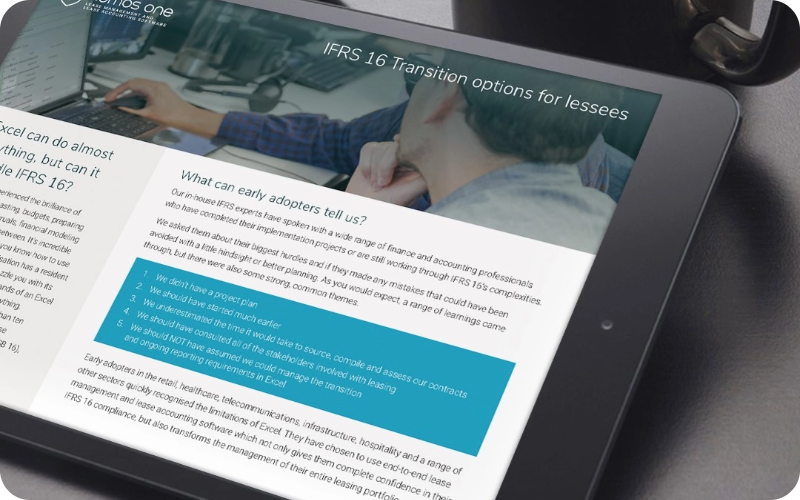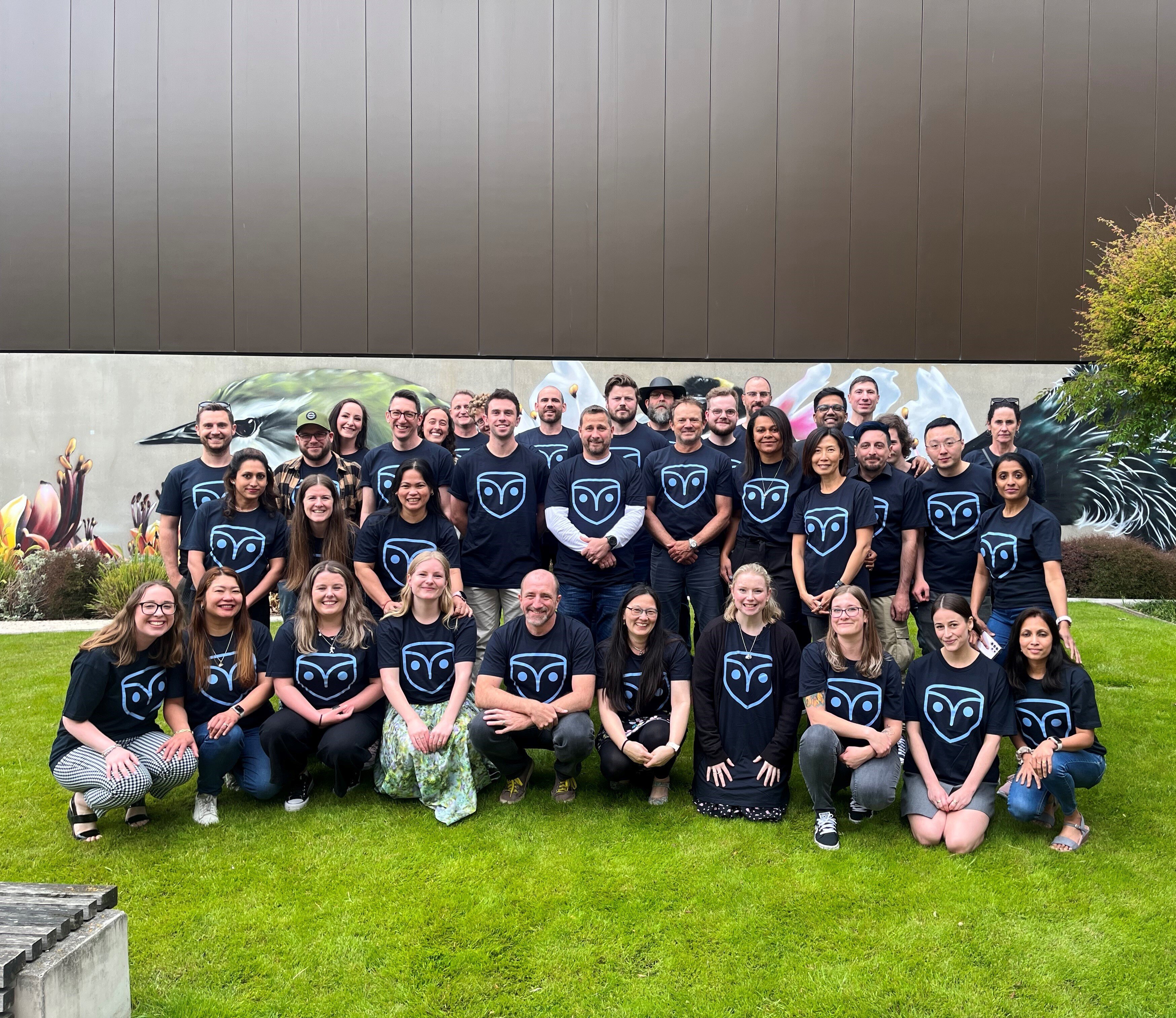IFRS 16 implementation is complex and brings many challenges for finance teams. As the finance person responsible for IFRS 16 implementation you’ll need to fully understand the requirements of the new standard and make several judgments and assumptions in its application, for example:
- Which contracts contain leases that meet the new definition of a lease
- Which transition method best suits the organisation
- Which practical expedients to elect
- Whether to apply exemptions on short term leases and low-value assets
- Which leases have similar characteristics and should be grouped in the same portfolio
- Discount rates
- Assumptions on renewals
- Whether to include direct costs in the ROU Asset
- The likelihood of exercising purchase options
- The likelihood of early termination, date and payment amount.
The list goes on.
All of these decisions will impact your company’s financial statements and financial performance ratios as well as the overall success of your implementation project. Unsurprisingly, this considerable piece of work may overshadow less technical implementation tasks.
Early adopters say allocating enough time and/or giving enough consideration to these ‘non-financial’ tasks directly impacted the success of their implementation projects and the success of BAU (business as usual) lease accounting tasks. Here are the seven steps that Nomos One recommends you don’t underestimate:
Mapping out the current lease management process
Lease management and accounting are often plagued by missing documentation, missing, duplicate and inaccurate data and missed lease events like renewals, terminations and rent increases. IFRS 16 implementation provides an opportunity to improve processes and create efficiencies across the entire lifecycle of a lease. The first step is mapping out the current lease management process. This will help you identify all the touch points, the holders of lease documentation, and the main stakeholders.
Stakeholder consultation
A range of individuals across your company have a hand to play in lease management, including people responsible for leasing strategy, contract negotiation, lease administration, asset management, and fleet management, to name a few. Meeting with key stakeholders across all relevant teams will help you to identify existing pain points, ensure you don’t overlook anything important, help you to get stakeholder buy-in to a new process that will support IFRS 16 compliance, and gather their requirements so you can deliver a solution that creates efficiencies for everyone involved.
Outlining business requirements
A detailed business requirements document will support successful IFRS 16 implementation in several ways. It will help you gain a comprehensive understanding of what you need to select the right solution for your organisation. Identifying your ‘must haves’ ‘should haves’ and ‘could haves’ will help you to assess potential solutions and trade-offs between functionality and price. This information should also help to bolster your business case for choosing the right software.
Review of lease management and lease accounting software solutions
There are many lease management and lease accounting solutions on the market. Reviewing these solutions against your requirements takes time. This process usually involves checking out websites, scheduling demos, getting stakeholders involved, undertaking evaluations, and making recommendations to your company's decision maker/budget holder. This can be a time-consuming task and shouldn’t be underestimated.
Signing the contract
Signing the contract should be simple, but getting legal documents reviewed and approved by legal teams and other interested stakeholders and then signed takes time and needs to be factored into your project plan. Unfortunately, contracts often end up sitting on the desks of senior managers, amongst other urgent documentation. If this happens, it will delay onboarding and may mean you don’t meet your project deadlines.
Onboarding leases into the software
Onboarding is the process of loading all of your documentation and data into your chosen software, (reviewing it) and then setting up your account with relevant, useful naming conventions and labels.
Onboarding often turns up gaps or inconsistencies in your documentation or data. How long it takes depends on how many IFRS 16 leases you have, the time you’ve previously spent auditing your documentation, how you want to set your portfolios up, and how many resources you have to invest in the process. One option is getting a professional team involved to onboard your documentation.
Software providers offering managed services should be given weight when choosing a provider. They know their own system inside and out and can load data accurately and efficiently. The information will still require a review, so don’t omit this from your project plan. Read more about what onboarding involves here.
Training software users
As is often the case with software, if left to their own devices, some companies or individual users will only learn how to use it at a very high level. If they’re not confident in the software, they might avoid using it or take longer to perform simple tasks than necessary. This can happen with even the most intuitive software.
Another factor to consider is change, particularly adverse teams or individuals who are reluctant to lose sole control of their part of the process or to give up their old, manual processes. Investing time in training is essential to get the most value for money and ensure everyone buys into the new way of managing leases to support IFRS 16 compliance.
The team at Nomos One are experts at lease management, onboarding, and training, and they can help ensure you get the very best out of our software to help you achieve IFRS 16 compliance. We’ve made our IFRS 16 experts available to discuss your requirements and the services we offer and to give you a personalised demo of the software.

























